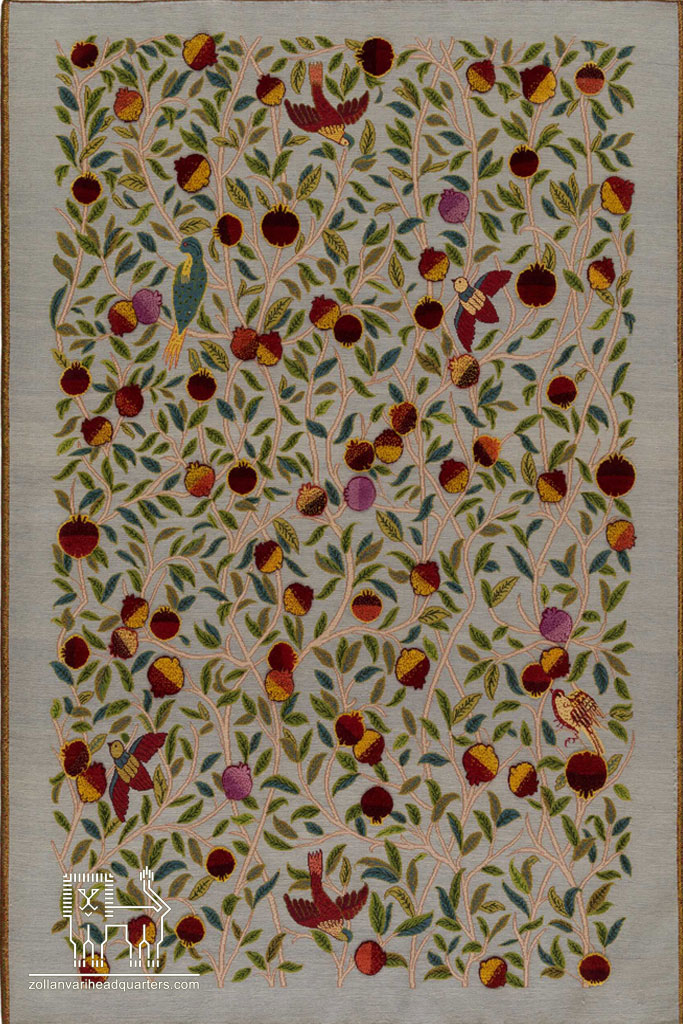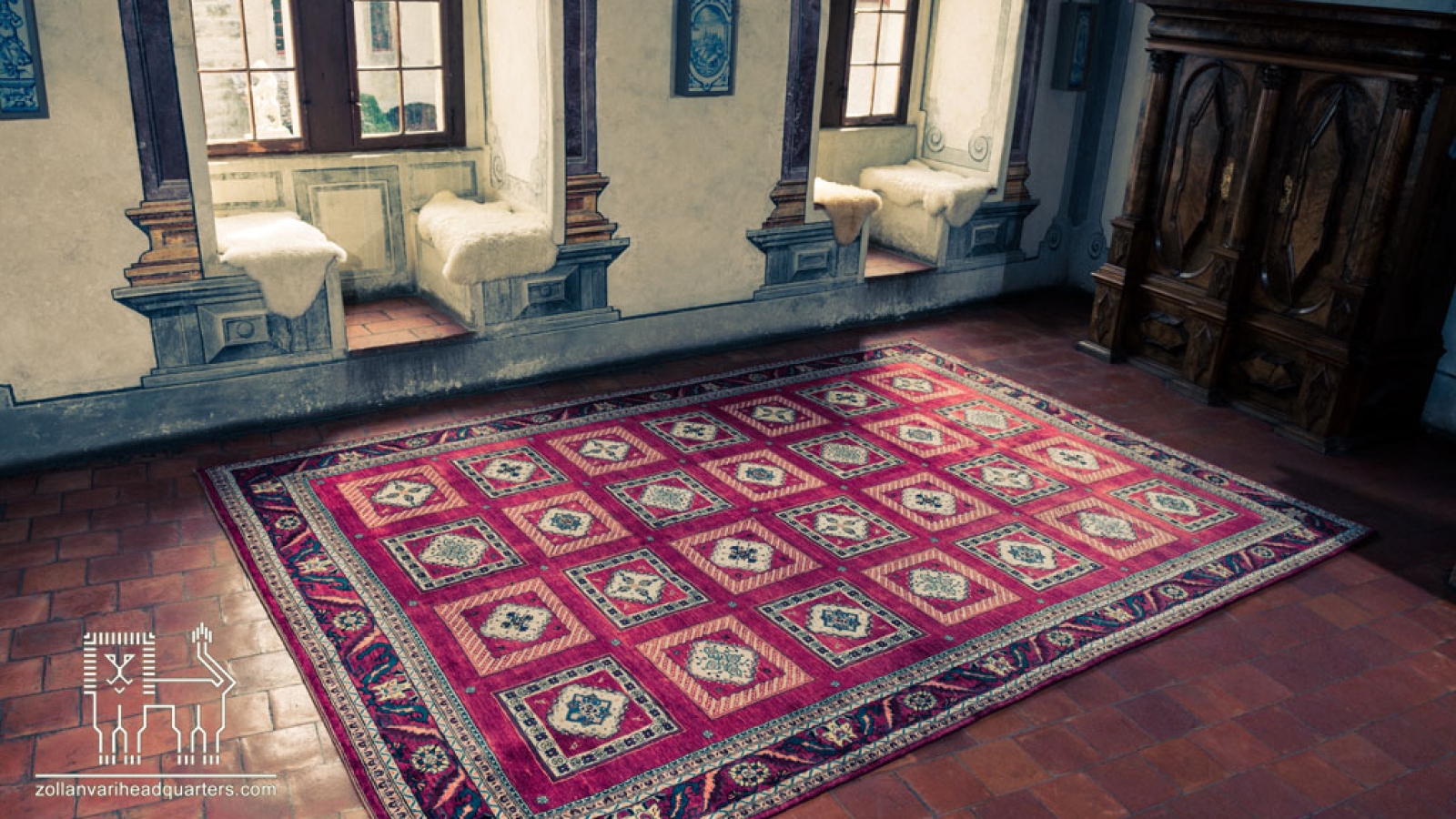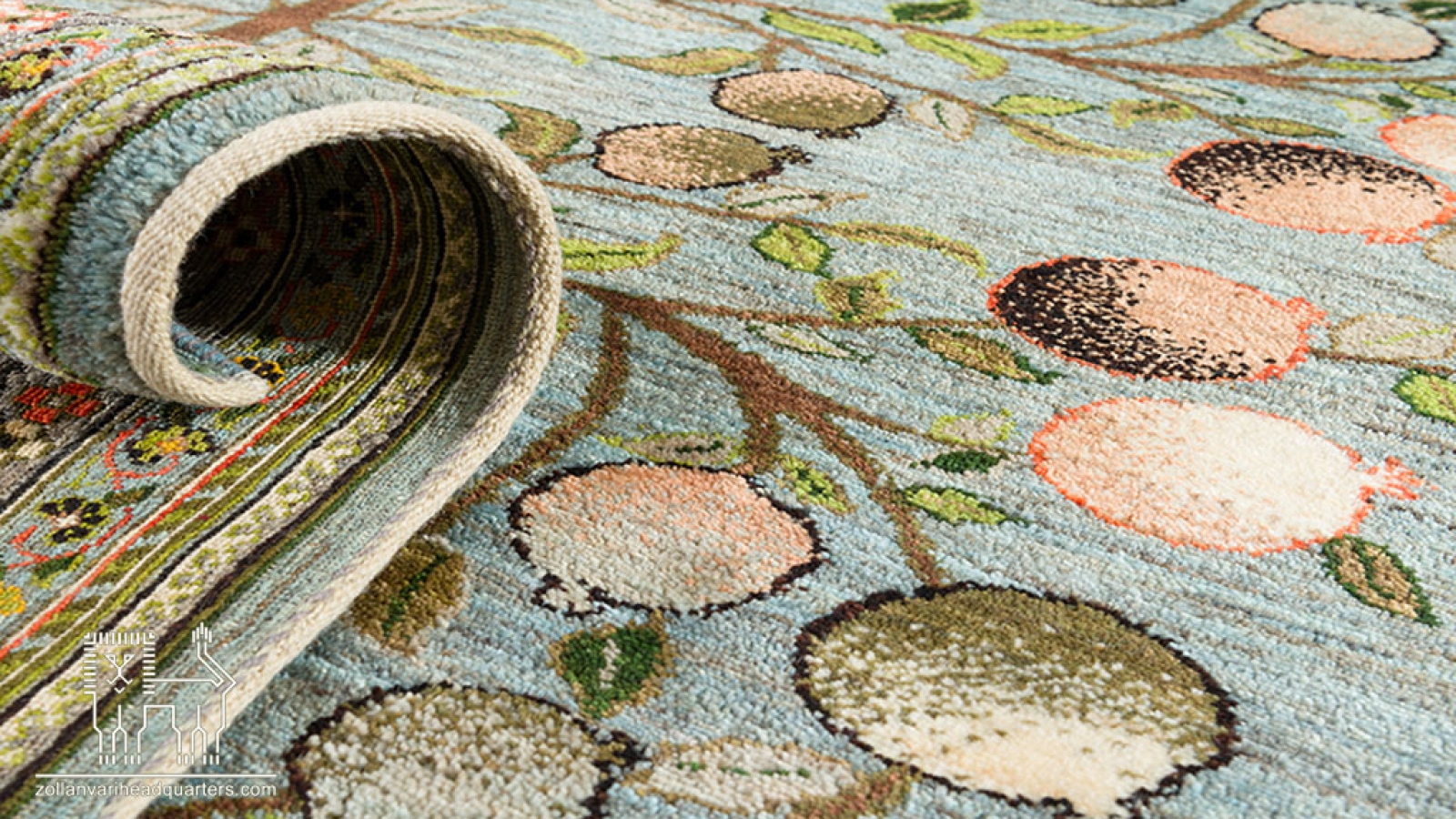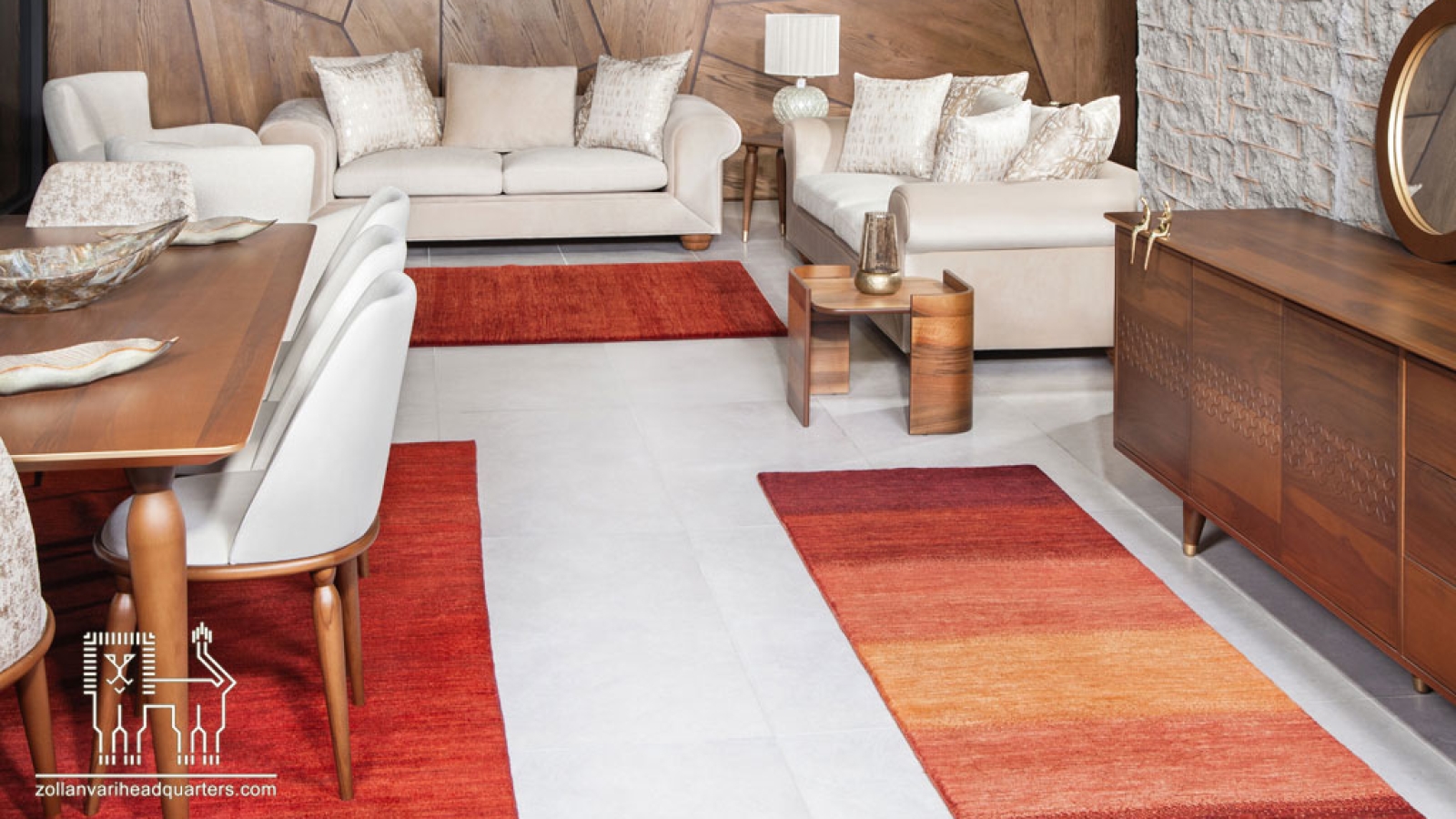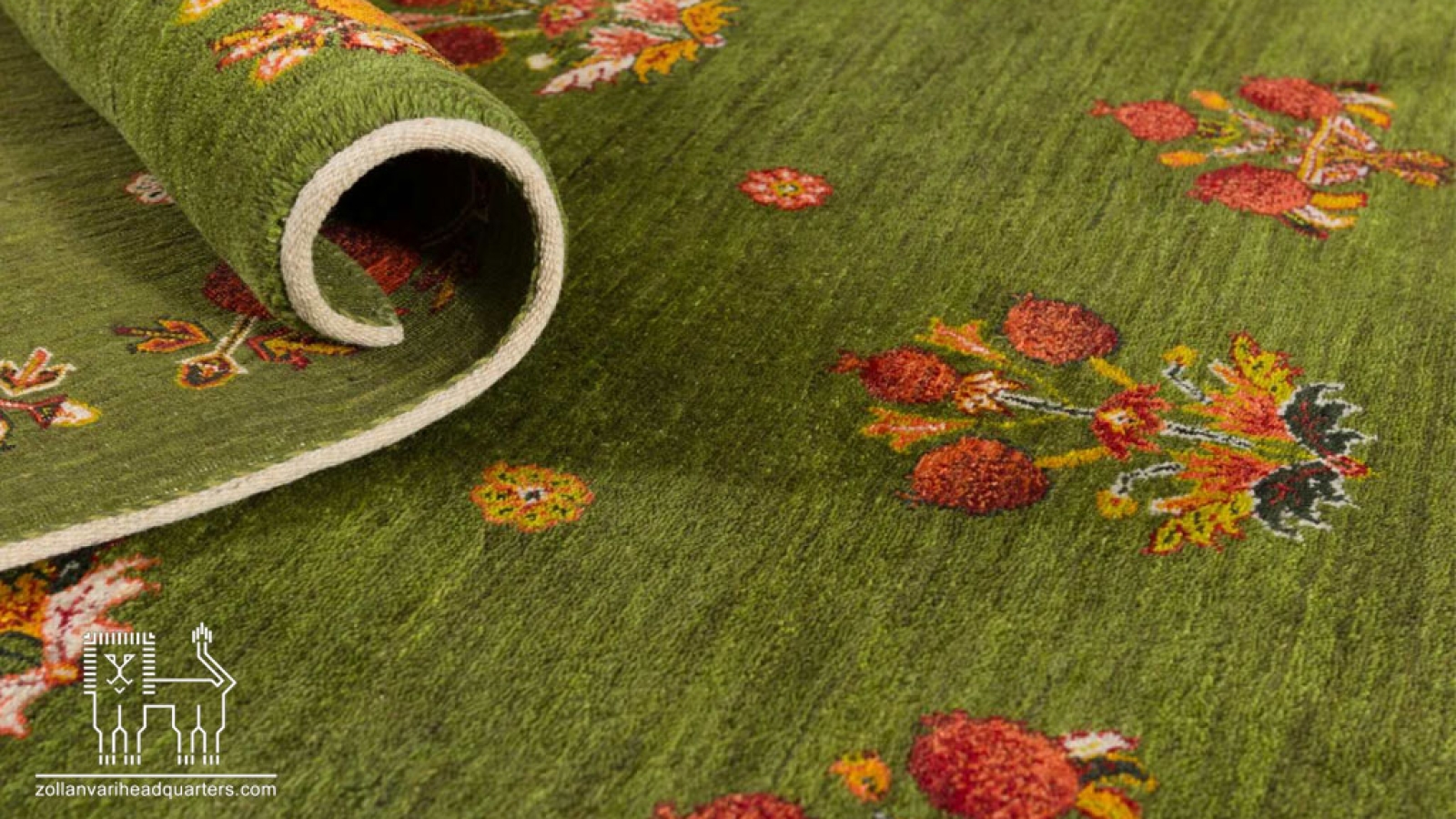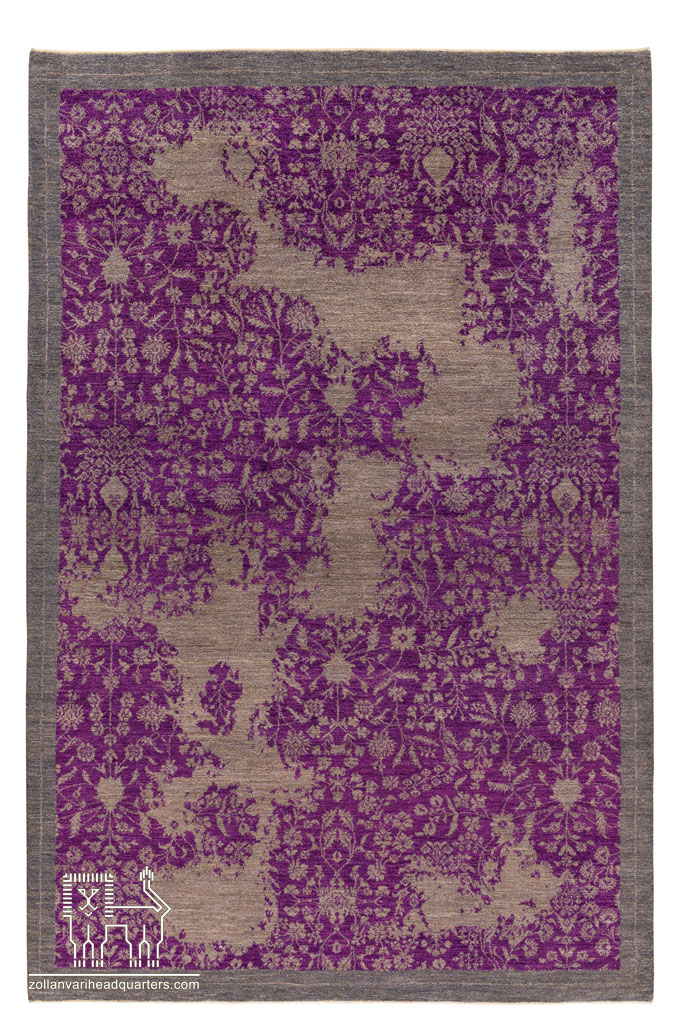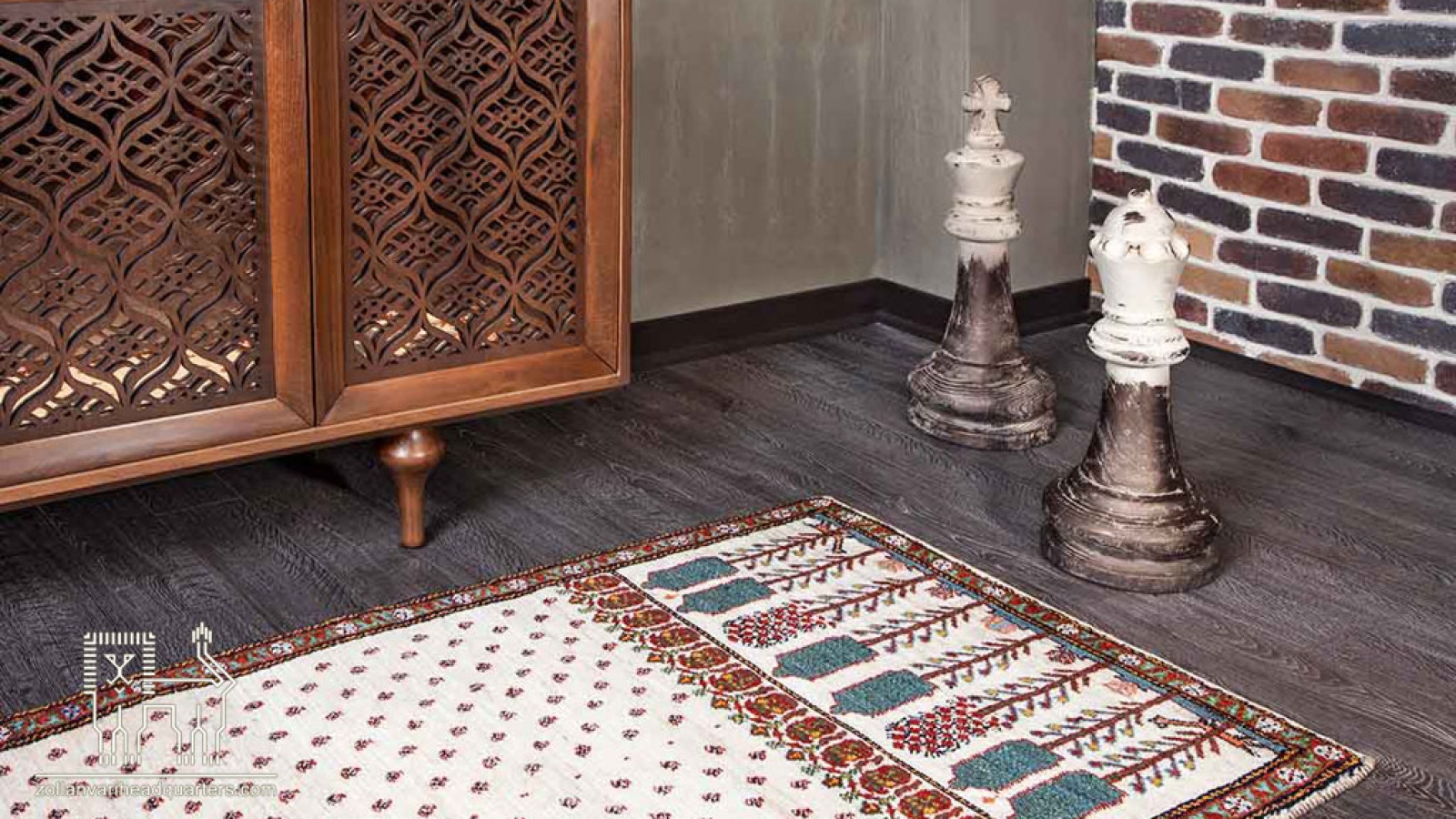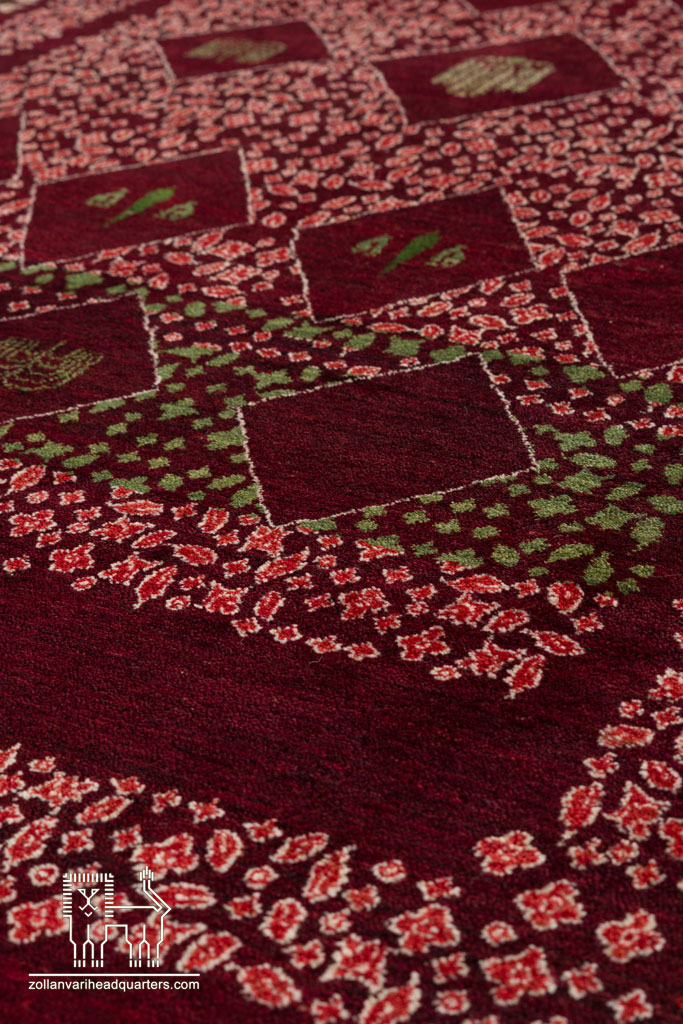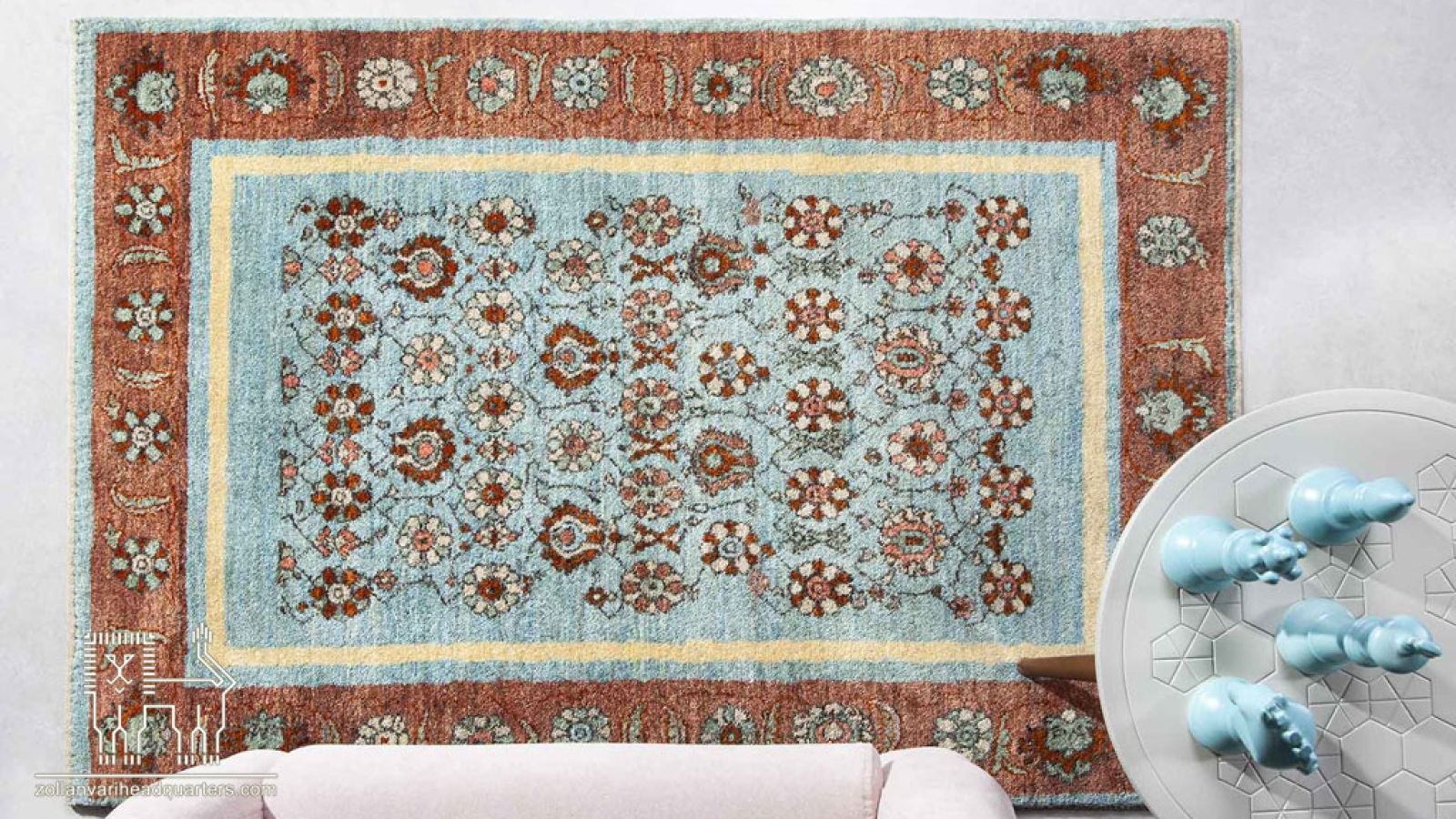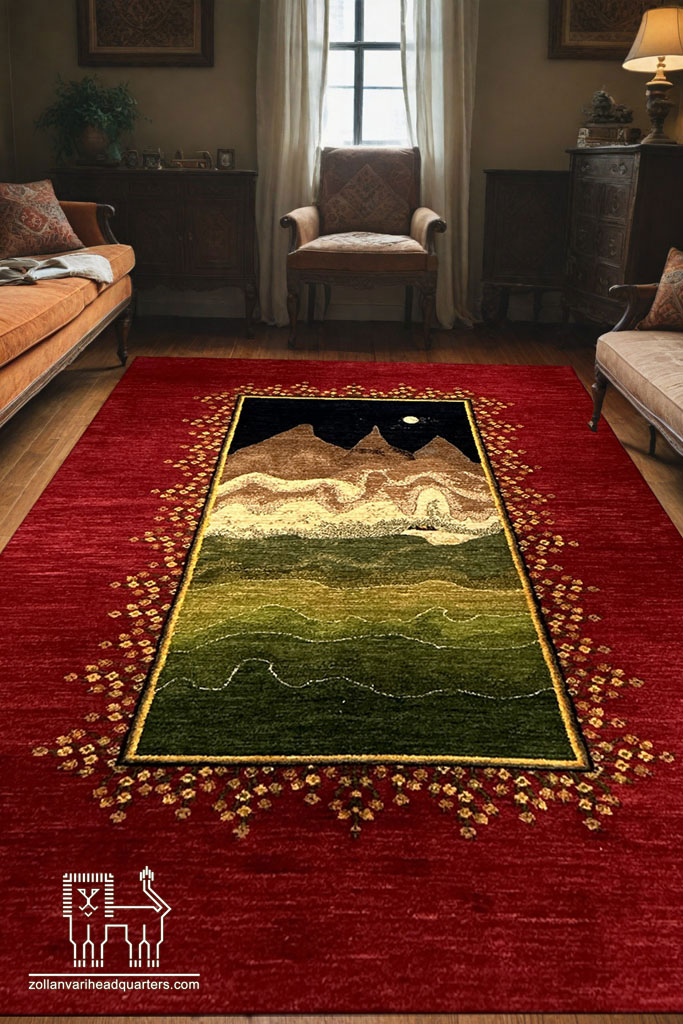Carpet Weaving in Iran: Cultural Heritage and the Role of Noble Families in Preserving It
When you run your hand over the surface of an Iranian handmade carpet, you don’t just touch wool or silk; you feel history, culture, roots, and thousands of silent hours of effort. Carpet weaving in Iran is not just an art or industry, but a part of national identity—a heritage passed down from family to family and brought to life by the skilled hands of Iranian women and men.
In this content, we will explore the history of this art, the pivotal role of noble families in keeping it alive, and the special place that the brand Zollanvari—as one of the distinguished families in this field—has played in the continuation, innovation, and globalizing of this cultural heritage.
Iranian Carpet Weaving; From Ancient History to Flourishing in the Safavid Era
Before we discuss families, we need to understand the roots. Carpet weaving in Iran is one of the oldest handicrafts in the world, and its trace can be followed deep into history.
- Pazyryk; The Oldest Carpet in the World: This ancient carpet, found in Siberia, with Iranian motifs and a knot structure, dates back to the 5th century BC and proves the long-standing tradition of carpet weaving on the Iranian plateau.
- The Peak of Carpet Weaving in the Safavid Era: A period when Shah Abbas established royal workshops in Kashan, Isfahan, and Tabriz, bringing Iranian carpets to a level of grandeur and international export. The carpets from this era still shine in museums around the world.
- Transformation in the Qajar and Pahlavi Eras: With the expansion of trade with Europe and the introduction of custom designs, Iranian carpets became one of Iran’s major export products and gained significant economic importance.
Noble Families; Custodians of the Carpet Weaving Chain
Over the centuries, despite wars, migrations, and changing lifestyles, what kept carpet weaving alive were not just governments, but families. The transfer of skills, knowledge, tools, and even designs came from homes, not from formal classrooms.
- Generation-to-generation teaching: In many parts of Iran—from Fars and Isfahan to Azerbaijan and Kurdistan—boys and girls grew up weaving carpets alongside their mothers and fathers. This natural cycle from families saved carpet weaving from oblivion.
- Continuous presence in the market and production: Families such as Deylmaghani, Jahangiri, and Zollanvari were not only producers but also market-makers, exporters, and designers.
- Commitment to authenticity in the face of industrialization: In recent decades, when machine-made carpets flourished, noble families like Zollanvari maintained the essence of art by insisting on quality, natural materials, and handmade designs.
Zollanvari; A Blend of Authenticity and Innovation Over Three Generations
The name “Zollanvari” in the handmade carpet industry is synonymous with quality and authenticity. The roots of this family date back to the 1940s, and today, with over three generations of experience, they have created a bridge between the past, present, and future of Iranian carpets.
- Founded by Gholamreza Zollanvari: Active in the traditional market of Shiraz and collaborating with nomadic weavers, the foundation of the business was laid.
- Focus on Gabbeh and Nomadic Carpets: The use of hand-spun wool, natural dyes, and traditional minimalist designs made Zollanvari’s Gabbehs popular both inside and outside Iran.
- Global Expansion: By opening branches in Europe and introducing innovative designs such as “Persian Garden” and “Modern Gabbeh,” Zollanvari succeeded in translating traditional art into the contemporary global language.
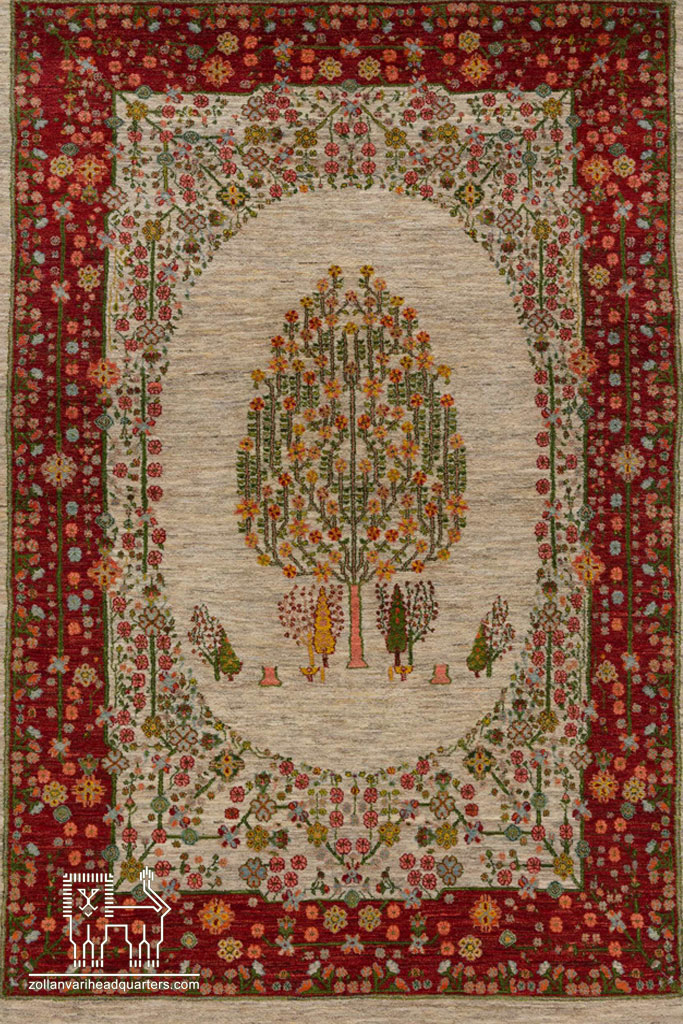
Why Should This Heritage Be Preserved? The Cultural and Economic Value of Handmade Carpets
An Iranian carpet is not just a decorative product. Behind every thread and knot lies cultural, economic, and identity-based meanings.
- The Story Within the Knots: The designs of carpets tell stories, myths, and local beliefs.
- Source of Sustainable Employment: Thousands of families, especially in rural and nomadic areas, make a living from this art.
- The Global Status of Iranian Carpets: Despite challenges such as sanctions and industrial production, handmade Iranian carpets are still recognized worldwide as a luxury cultural product.
Conclusion
Carpet weaving in Iran is more than just an industry; it is a living narrative of civilization, art, and culture. The continuity of this narrative is owed to the families who not only preserved it but also made it vibrant, practical, and global. Zollanvari, as one of the noble and influential families in this path, has proven that authenticity and innovation can combine to link a millennia-old heritage to future generations.
Buying a carpet from Zollanvari is not just purchasing a product; it’s opening a page of Iran’s weaving history—a page that has been woven with the hands of artists, with love and care.



